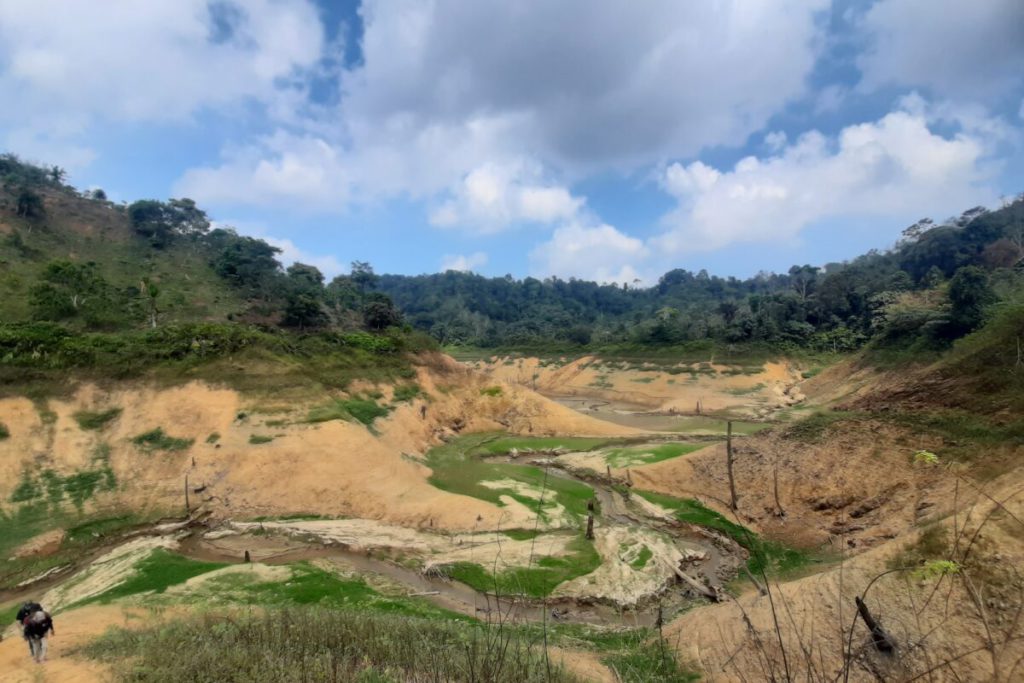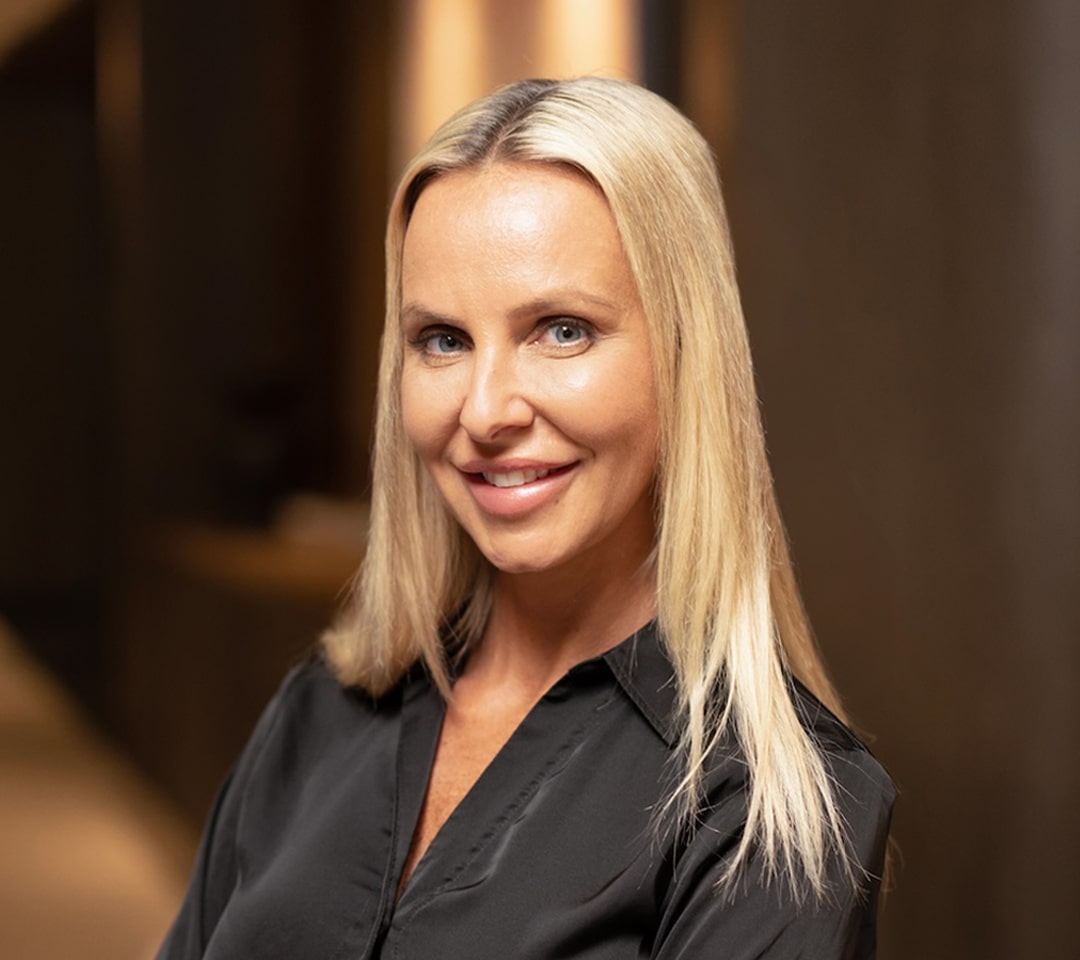- Farmers in Indonesia’s Lampung province are making their own organic fertilizer in order to lessen reliance on volatile external supply chains.
- They have also diversified the number of crops they grow, interspersing avocado and candlenut trees among crops like coffee and vanilla.
- Advocates of organic farming maintain that techniques like those on display in Lampung can boost yields while countering some of the costs and negative impacts of chemical products.
Like millions of small farmers across Indonesia, Sri Atmiatun’s family has shouldered higher fertilizer prices, cost-of-living hikes, and increasingly extreme weather in recent years.
The river basin in Batutegi Forest, near the southern coast of Sumatra’s Lampung province, ran almost dry after a months-long drought across much of Indonesia, which was exacerbated by El Nino and positive Indian Ocean Dipole climate patterns.
Chemical fertilizer prices have retreated from all-time highs recorded in 2022, but potash and other fertilizers remained expensive through 2023 by historical standards, compounding pressures for farmers in low- and middle-income countries.
Generations of farmers around Batutegi here have grown coffee. However, Batutegi farmers say they have recorded declining yields as the quality of the soil here has deteriorated.
In response to these pressures, Sri Atmiatun and other farmers in Batutegi have repurposed farm waste to lessen their reliance on expensive chemicals and, hopefully, to boost yields.
“The last time we made organic fertilizer we produced around two tons,” Sri told Mongabay Indonesia, as she handled a clutch of bottles containing the community’s latest batch.


From the ground up
Every day here in Batutegi, dozens of farmworkers like Sri make the journey from their homes to fields of avocado and candlenut trees intercropped with other productive plants, in an agroecology system known as agroforestry, which refers to integrating crops with forests.
Tree seedlings grow in containers fashioned from bamboo at a nursery established by the farmers. Soon the young trees will be woven into the farmers’ existing plots to diversify production and ameliorate the soil.
Fieldworkers in rural areas in Indonesia are working to improve soil fertility to raise productivity among smallholders, who typically cultivate plots of 2 hectares (5 acres) or smaller, and together account for the majority of farmers in the world’s fourth-most-populous country.
In Batutegi, farmers living in land zoned for production rub up against the borders of the protected forest. They say soil fertility has declined markedly compared with the 1990s.
The Indonesian affiliate of UK-based charity International Animal Rescue, a foundation known as YIARI, is working to support Batutegi farmers to bring nitrogen back into the soil, in part to preclude the need to open new land to raise productivity.
Lampung province lost 281,000 hectares (694,000 acres), around 16% of its tree cover, in the two decades to 2022, according to online data platform Global Forest Watch. Less than a fifth of the Batutegi area stands as original forest.
In 2006, YIARI began surveying sites to release animals, including Sumatran slow lorises (Nycticebus hilleri) and pig-tailed macaques (Macaca nemestrina), into the wild.
The protected forest of Batutegi covers some 58,000 hectares (143,000 acres), and YIARI chose this location owing to the condition of the forest and the availability of food for the animals.
Since 2017, YIARI and the provincial forestry department have worked to safeguard what remains of the intact forest contiguous to the community’s farmland.

Agroforestry
The community has adopted agroforestry techniques on the Batutegi land, which farmers have combined with new animal husbandry efforts. Dayat, the head of the Sumber Makmur Farmers’ Collective, said farmers have begun collecting manure to add to the compost.
“This goat manure will later be processed into compost and liquid organic fertilizer,” Dayat said.
The homespun mixture from manure and compost insulates the Batutegi farmers from exorbitant prices of chemical fertilizer, which reached record highs shortly after Russia, a major producer of potash and other fertilizers, invaded Ukraine in 2022.
To further maximize production potential, the Batutegi farmers have diversified the land by planting fruit and nut trees among the existing coffee plants, an agroforestry technique that can preclude the need to open new land to raise production.
“We chose areca nut, candlenut and avocado, because of their sustainability and the light processing—it’s different from coffee,” Dayat said.
The nursery where these seedlings grow is now in its third year of operation. Dayat said he expects the community will produce 3,500 seedlings this year, up from around 1,000 in the previous two years.
The seeds are cultivated in bamboo cases, which act like polybags to nurture the root structure.

‘We have to change our mindset’
A 10-year study conducted with 20.9 million farmers across more than 400 counties in China found that farmers employing similar methods saw yields increase by 10.8–11.5%, while use of chemical fertilizer declined by up to 18.1%.
Other studies have shown still higher yields when organic fertilizers complement existing farming methods using chemical inputs.
However, government interventions to rapidly convert farming practices from chemical fertilizers to composted products can end badly if poorly managed. In 2021, the then-president of Sri Lanka, Gotabaya Rajapaksa, announced the government would ban imports of fertilizers and pesticides and require the country’s 2 million farmers to use organic methods within 10 years. The program ended in failure and helped trigger Rajapaksa’s ouster.
In Batutegi, the organic farming methods being implemented by the Sumber Makmur association are the result of a training program by YIARI.
Eko Sukamto, a fieldworker with YIARI, said the training enables farmers to develop fertilizers at home and incorporate plant species that naturally kill pests, avoiding the need for pesticides.
“The hope is that this could be a solution to their problems,” Eko told Mongabay Indonesia, “especially the high price of fertilizer.”
Eko said the first principle is to maintain the health of the soil using readily available waste products from the farming process.
“We have to change our mindset, because people want practicality,” he said, adding that fieldworkers are trying to challenge preconceptions that organic fertilizers are labor intensive and ineffective.
Robithotul Huda, senior manager of YIARI’s habitat resilience program, said that in the early years YIARI was focused more on rescuing animals. Activities include area patrols and releasing animals that the foundation had rescued and rehabilitated.
However, the conversion of tracts of protected forest into farmland prompted YIARI to step in to address the root cause of wildlife losses: habitat loss.
Last year, YIARI staff released six Sumatran slow lorises into Batutegi Forest.
Qodri, head of the Batutegi forest management unit, said the forest area of 58,000 hectares was too large for officials to adequately monitor alone. According to Qodri, one of the most visible results of his unit’s collaboration with YIARI was the diversity of plants: farmers who initially only relied on monoculture crops, such as coffee, have started to implement agroforestry.
These efforts have received national recognition in Indonesia, Qodri said.
YIARI staff say that while coffee remains the dominant commodity, farmers have diversified their fields to incorporate banana, cassava, cacao, papaya, pepper, rice and vanilla.
“We first identify the situation faced by farmers, ask them about their hopes, then we start,” Huda said. “In this way, we hope farmers can be independent in the future.”
This article first appeared on Mongabay and was originally written by Themmy Doaly. It has been republished here under the Attribution-NoDerivatives 4.0 International (CC BY-ND 4.0) Creative Commons license.

